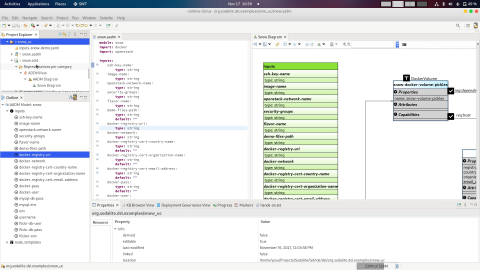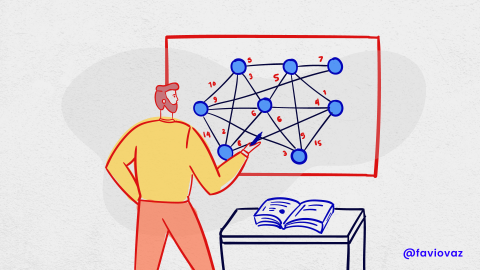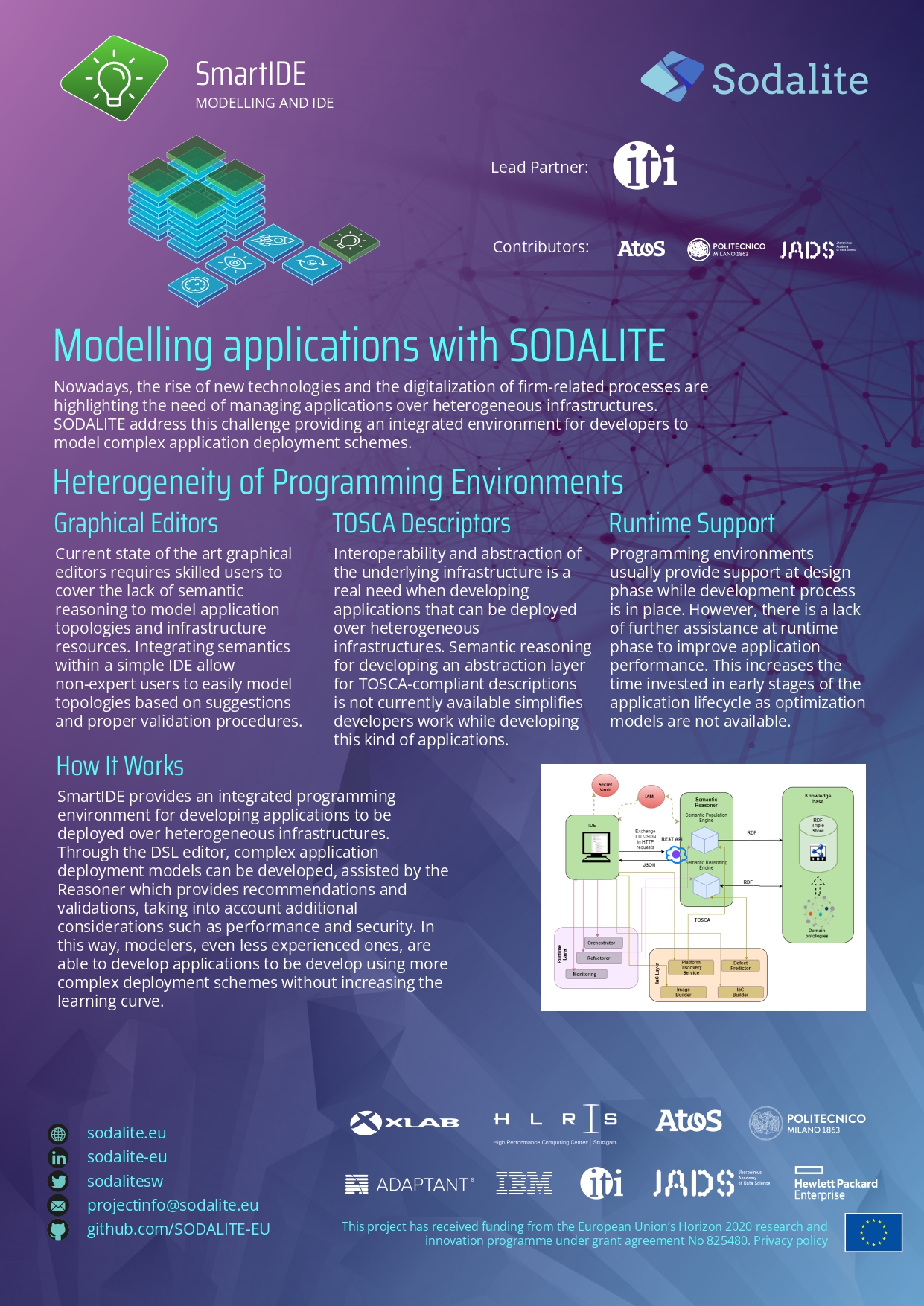Pain / Gain

- Problem: Complex deployment model on heterogeneous infrastructures (too many considerations to be taken into account) without further assistance based on previous experiences
- Solution: DSL editor to develop a complex application deployment model, Reasoner to provide recommendations/validations, TOSCA application deployment model
- Value: Intellisense integrated process to develop complex deployment schemas taking into account different considerations such as performance and security
Product

- Functionality: Provides inputs for the application deployment based on models and concepts in the plan. supported by IDE, semantic reasoner API, and Knowledge base. The layer models application deployments, their uses for setting up different models supporting performance optimization, infrastructure modelling, refactoring modelling and application deployment modelling. There is a running version of it that can be used as a live demonstrator, and a recorded video of earlier versions on our Youtube channel.
- Technology: The IDE relies on reusable, shared infrastructure resources and software components stored in the KB, which are accessible through the KB Reasoner endpoint. IDE connects with KB (Knowledge Base) and endpoints are given users inferred knowledge for application modelling possibilities, performance models, security policy, deployment policies, monitoring and refactoring.
- Status: An Integrated Development Environment (IDE) that assists AEs, REs and QEs in the authoring lifecycle of Abstract Application Deployment models (AADMs), Resource Models (RMs), Optimization Models(OMs) and Ansible Models (AMs). The intelligence of IDE primarily relies on the Semantic Reasoner API that provides knowledge-based reasoning driven results. With the current implementation, the corresponding Experts can author AADMs, RMs, by getting validation and intelligent recommendations during design time. QEs can also author their optimisation model for target application components and be assisted by recommendations. During Year 3, the work will focus on more advanced content assistance and validation services so as to simplify further the model authoring. Also, for better performance of the application, there will be support during the runtime by providing suggestions.
What's Unique

- Differentiator: The IDE requires the least information from the experts by getting suggestions and validation from the Knowledge Base. To our knowledge, there is no graphical modelling of application topologies and infrastructure resources based on semantic technologies, but mainly graphical editors requiring skilled modellers since this kind of intelligence is not provided.
- Innovation: Supports semantic reasoning (not already available in main competitors) and context-aware content assistance, based on an Ontology Design Pattern-based abstraction layer for TOSCA-compliant descriptions
- Partnerships: ATOS and CERTH are strong innovators well established in the IDE and ontologies with state of the art outputs

